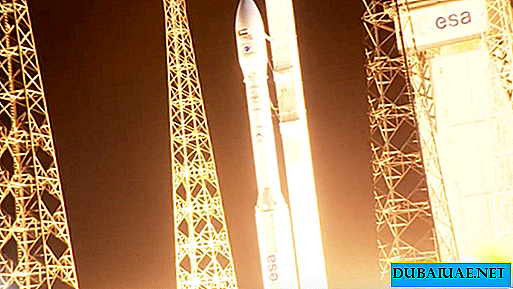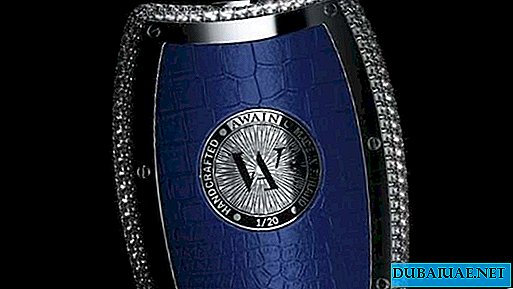Having received a new passport from the hands of Lieutenant General Sheikh Seif bin Zayed Al Nahyan, Deputy Prime Minister and Minister of Internal Affairs of the UAE, Sheikh Khalifa expressed his admiration for the modern design of the document and the use of the latest technology in it.
In honor of this event, Sheikh Khalifa noted that this “achievement is one of the components of the state strategy to improve the work of the government and support the level of the country in accordance with advanced international standards.
In addition, these measures and initiatives, along with the use of modern technological developments used in developed countries of the world, will help create a high degree of protection and security. "The ceremony was also attended by: Sheikh Hamdan bin Zayed Al Nahyan, representative of the ruler in the western region; Sheikh Tahnun bin Muhammad Al Nahyan, representative of the ruler in the eastern region; Sheikh Mansur bin Zayed Al Nahyan, Deputy Prime Minister and Minister for Presidential Affairs; Sheikh Hamid bin Zayed Al Nahyan, head of the Crown Court about Prince Abu Dhabi; Dr. Sheikh Sultan bin Khalifa Al Nahyan, Advisor to the President of the UAE; Sheikh Mohammed bin Khalifa Al Nahyan, Member of the Executive Council; Dr. Sheikh Saeed bin Muhammad Al Nahyan; Sheikh Nahyan bin Mubarak Al Nahyan Scientific Education ; Ahmed Juma Al Zaabi, Deputy Minister for Presidential Affairs, as well as a number of other sheikhs, ministers and dignitaries.
Recall that the UAE Ministry of Internal Affairs has recently begun issuing electronic passports to citizens of the country. This procedure is carried out in accordance with the technical and safety requirements issued by the International Civil Aviation Organization (IKAO).
A microchip is built into the last page of the electronic passport, which contains the encrypted biometric data of its owner, which will help to avoid falsification. The photograph in the passport, the signature of the owner and his fingerprints are applied in such a way that they cannot be changed.











